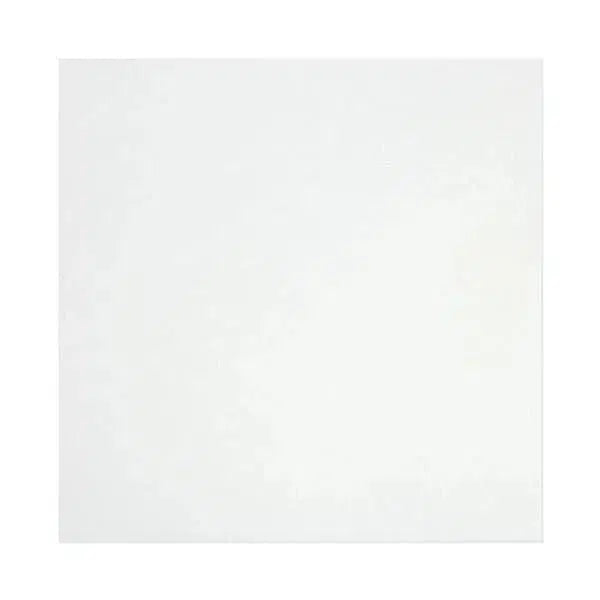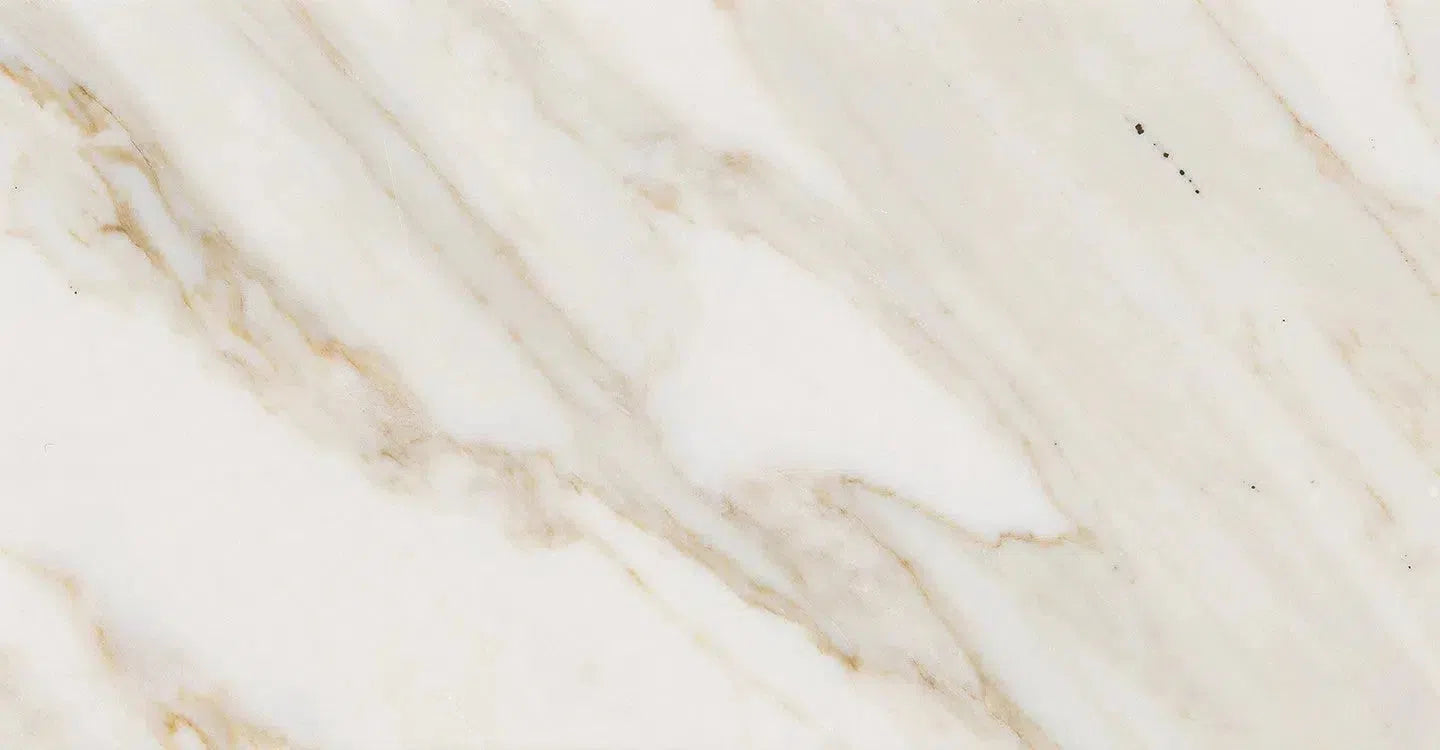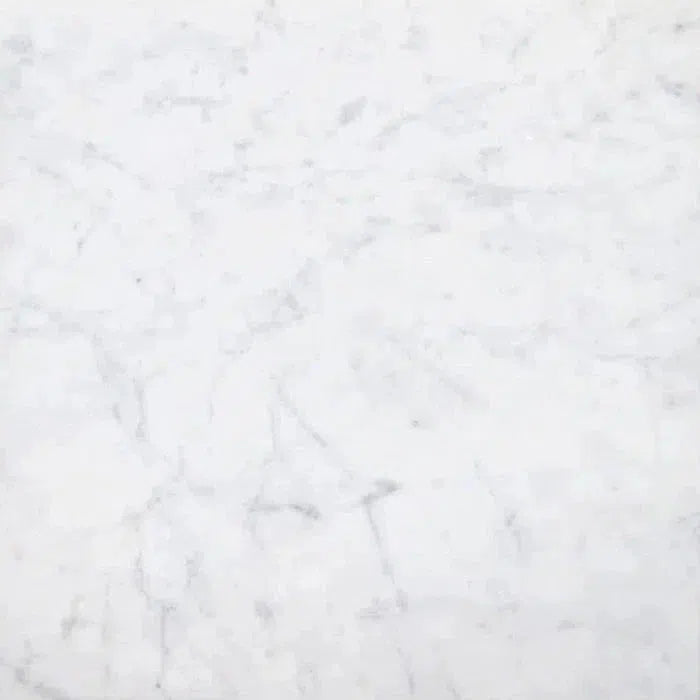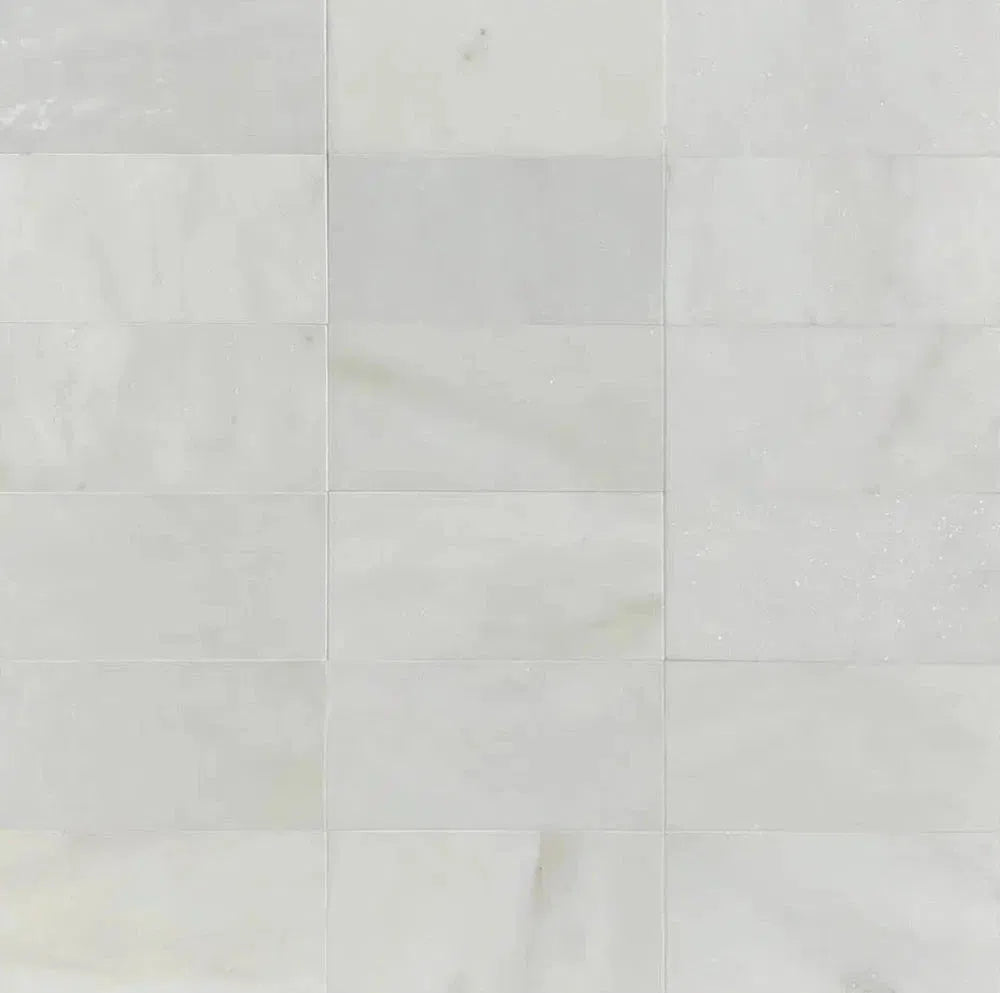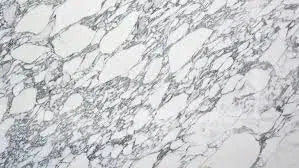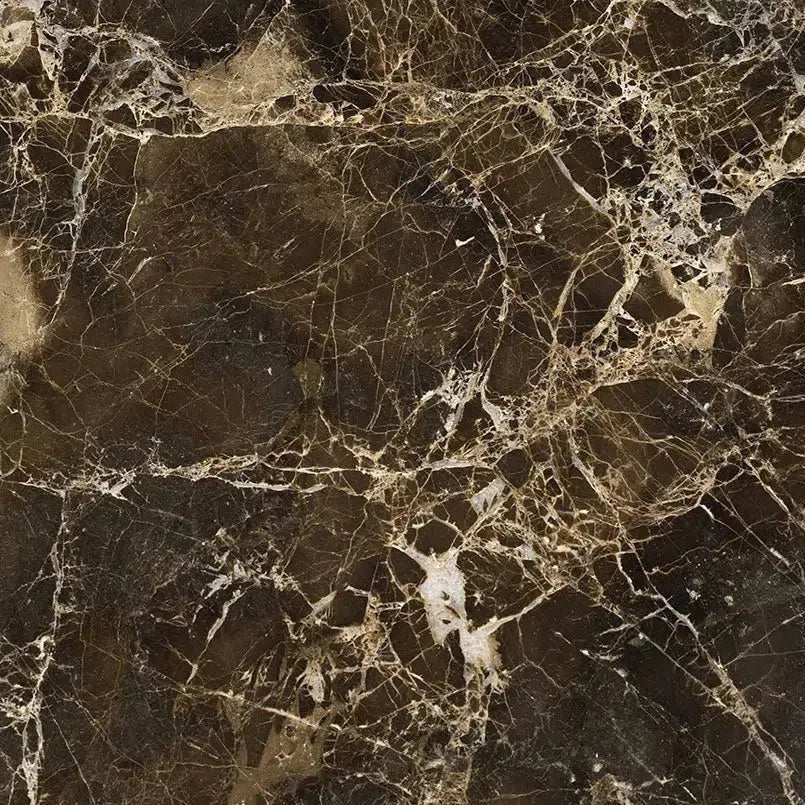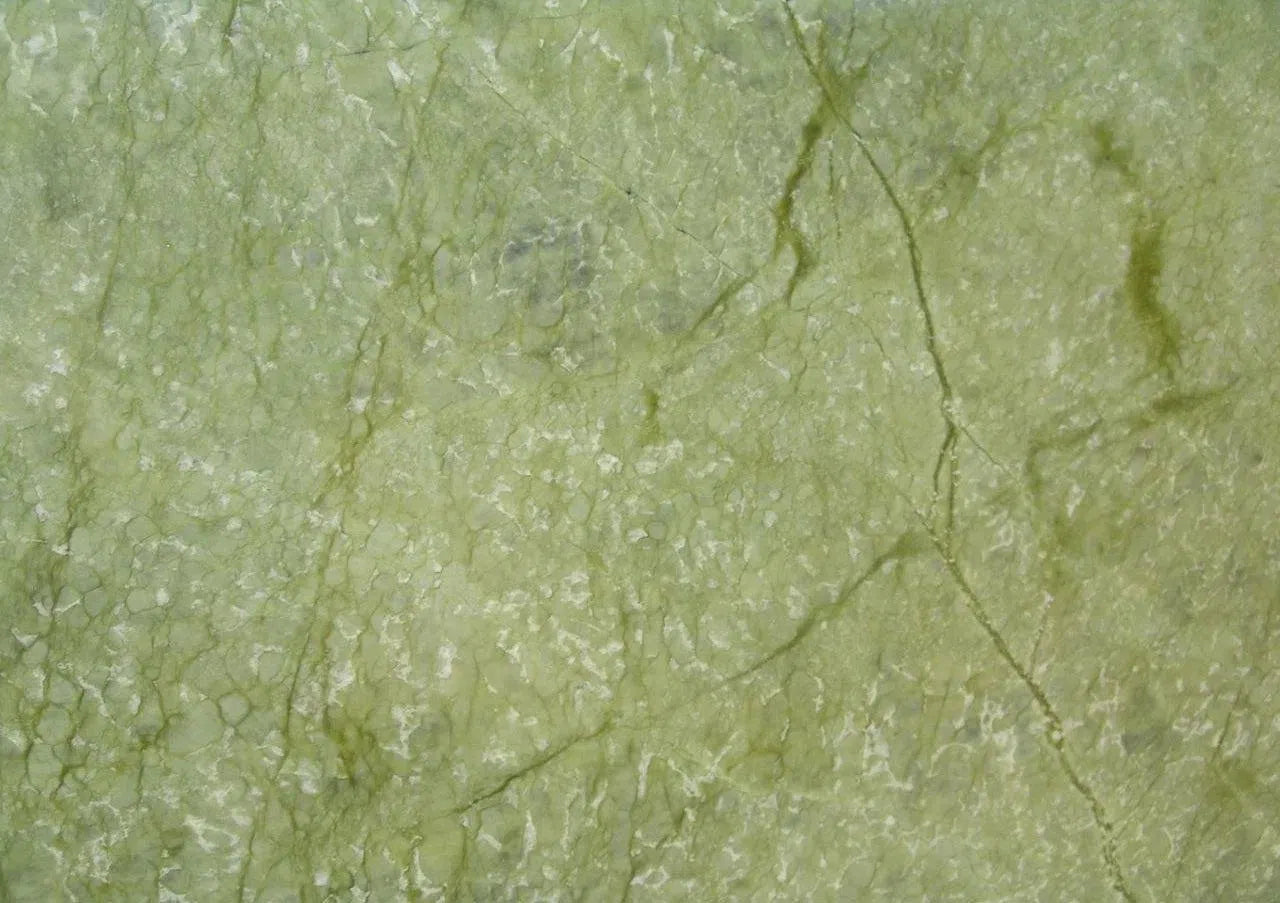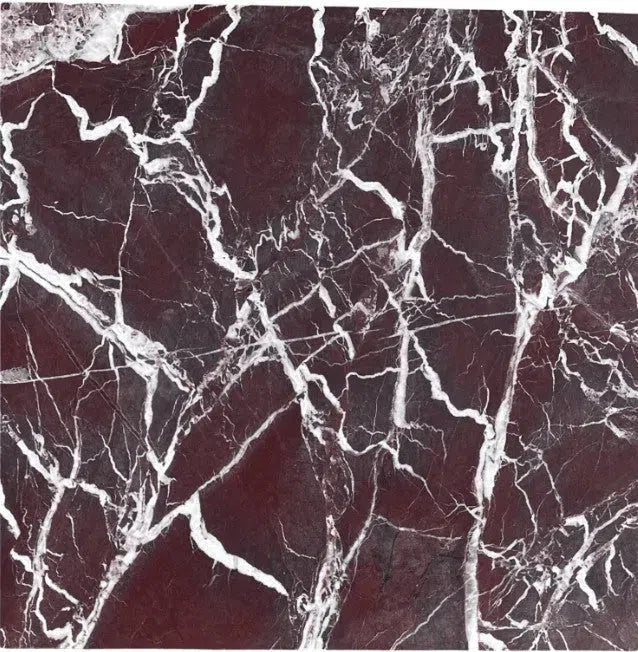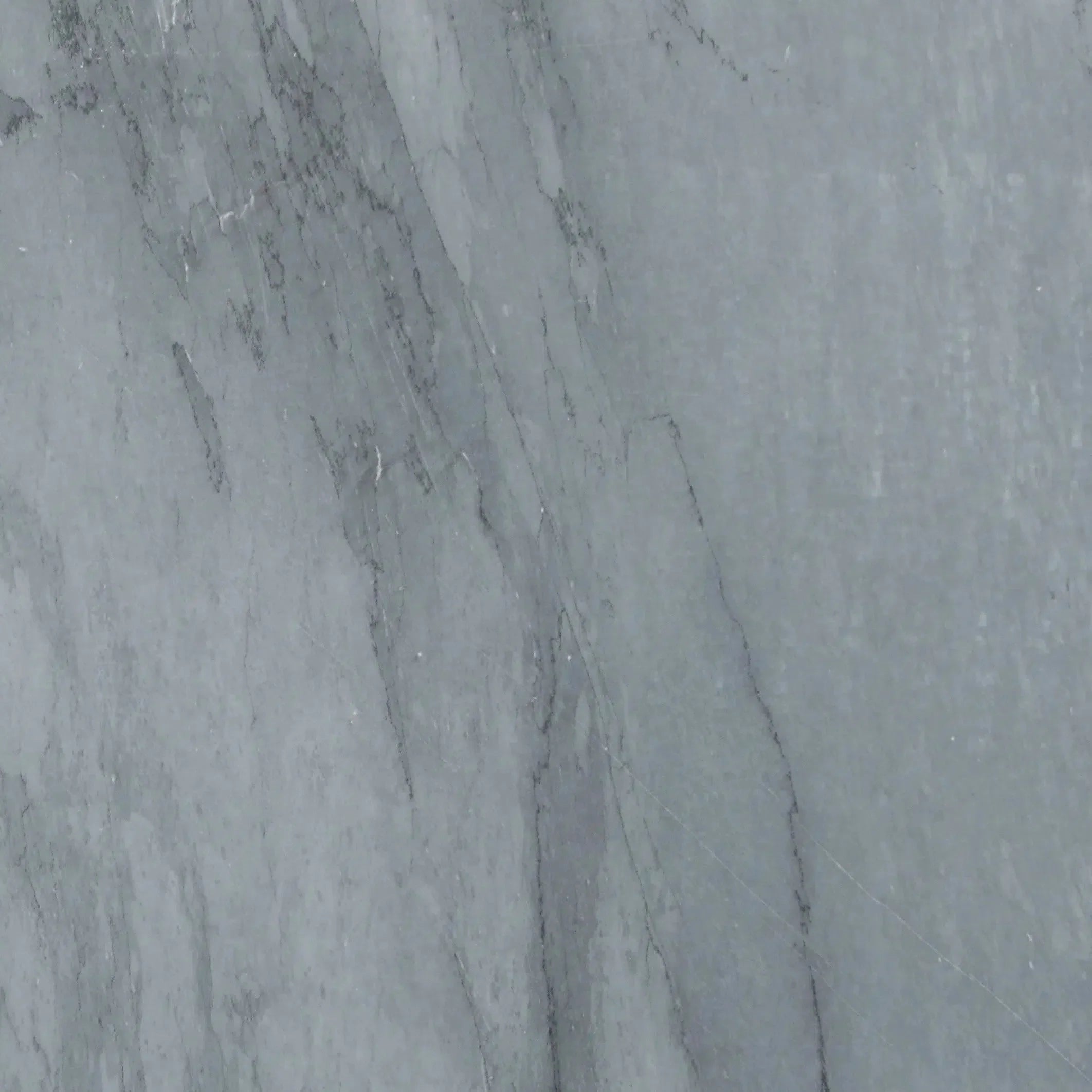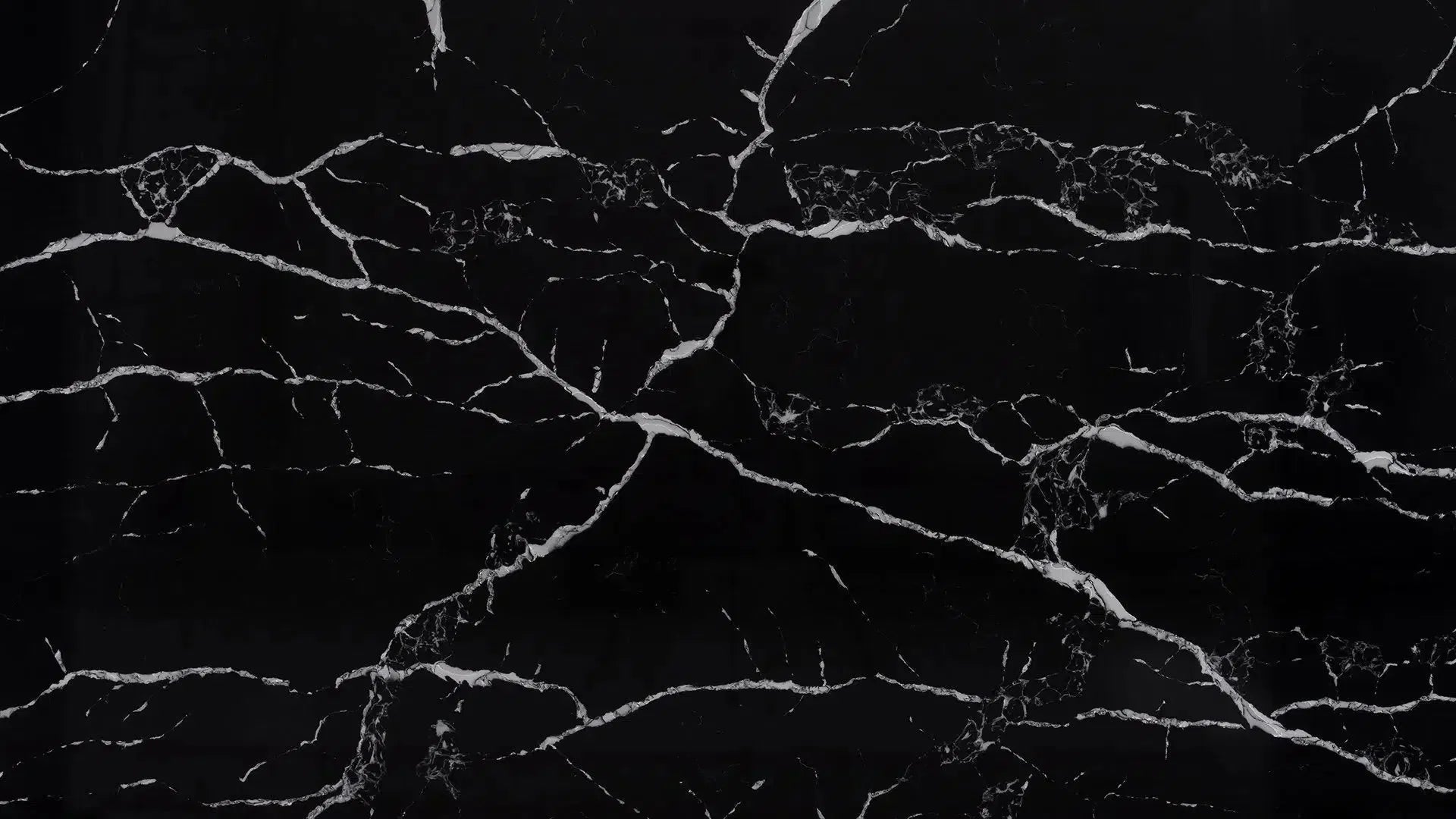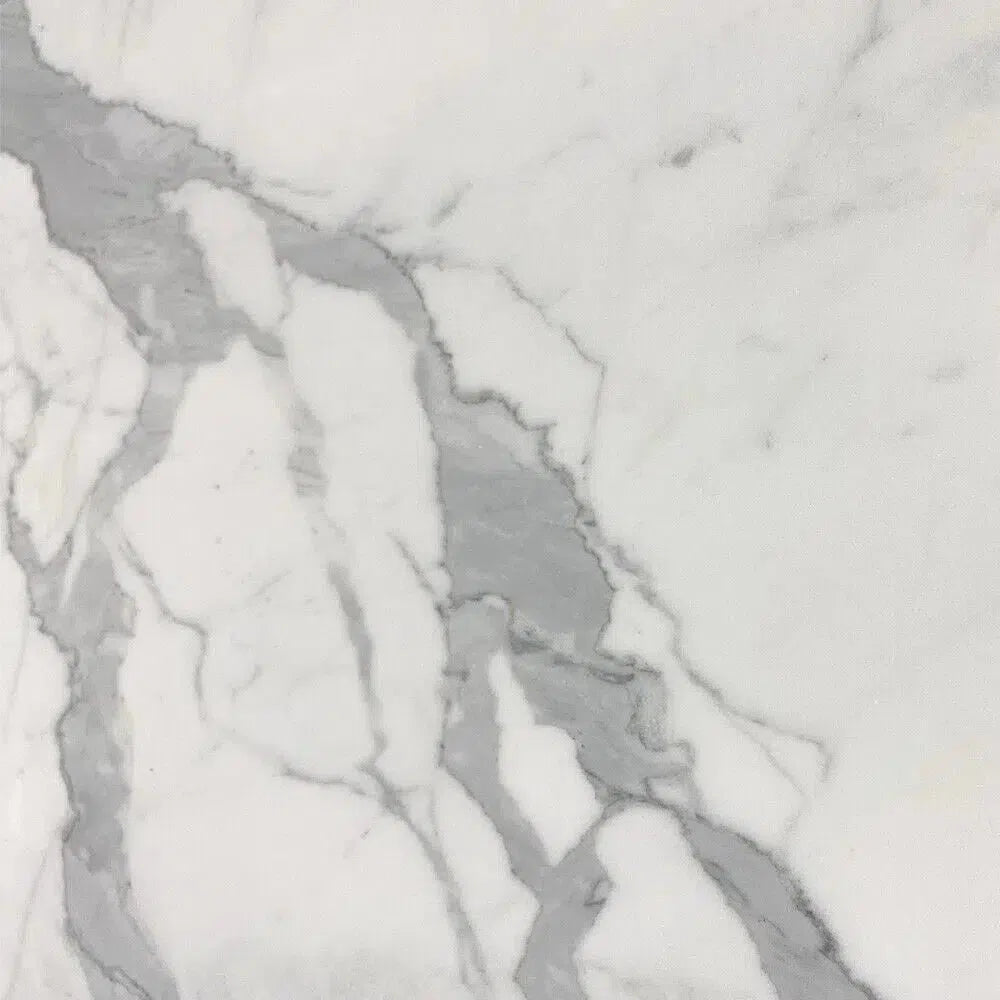So, you're looking to add that finishing touch to your room with some nice white quarter round trim? It's a pretty common way to cover up that little gap between your floor and the wall, and it can really make a space look more put together. Installing it yourself might seem a bit daunting, especially if you're not used to DIY projects, but honestly, it's totally doable. This guide will walk you through everything, from getting your tools ready to making sure it looks like a pro did it.
Key Takeaways
- Prep your area by clearing out furniture and protecting surfaces before you start installing your quarter round trim white.
- Measure carefully and use a miter saw to get the right cuts, especially for corners, to make your white quarter round trim fit perfectly.
- Fit the trim snugly against the wall and floor, and deal with any small gaps for a clean look.
- Secure the trim using a nail gun or adhesive, making sure it's held in place well.
- Finish the job by filling nail holes, sanding, and caulking for a smooth, polished appearance on your quarter round trim white.
Preparing Your Space For White Quarter Round Trim

Before you even think about cutting a single piece of trim, getting your workspace ready is a big deal. It makes the whole process smoother and helps you get that professional finish we're all aiming for. Think of it like prepping a canvas before you paint – it just makes everything better.
Clearing the Installation Area
First things first, you need to clear out the area where you'll be working. This means moving any furniture, rugs, or anything else that's in the way. You'll want plenty of room to move around, lay out your trim pieces, and use your tools without bumping into things. A clear space is a safe space and a productive space. If you're working in a room with existing flooring, make sure it's clean and free of dust and debris. This is also a good time to check if your flooring has had enough time to settle, especially if it's new. For instance, new hardwood or laminate flooring should typically acclimate for 2-3 days before you start installing trim around it.
Protecting Surrounding Surfaces
Once the area is clear, it's time to protect what you don't want to damage. Use painter's tape to mask off baseboards you're keeping, door frames, or any other architectural details that aren't being replaced. Drop cloths or old sheets are great for covering up flooring, especially if it's something delicate like hardwood or tile. You don't want to accidentally scratch or dent your nice floors while you're wrestling with trim pieces. It might seem like extra work, but trust me, it saves a lot of headaches later on.
Gathering Essential Tools and Materials
Having everything you need within reach before you start is key. You don't want to be halfway through a cut and realize you're missing a specific nail size or your tape measure. Here's a basic rundown of what you'll likely need:
- White Quarter Round Trim: Of course! Make sure you have enough for your project, plus a little extra for mistakes.
- Measuring Tape: For accurate measurements.
- Pencil: For marking cuts.
- Miter Saw: For making precise angled cuts.
- Nail Gun (Brad Nailer) and Nails: For securing the trim.
- Hammer: For any stubborn nails or adjustments.
- Wood Glue or Construction Adhesive: For extra hold.
- Caulk: For filling small gaps.
- Painter's Tape: For protecting surfaces.
- Drop Cloths: To protect your flooring.
- Safety Glasses: Always protect your eyes!
- Work Gloves: To protect your hands.
Having all your supplies ready to go means you can focus on the installation itself, making the job go much faster and with fewer interruptions. We offer a wide selection of high-quality trim options, perfect for any U.S. project.
Measuring and Cutting White Quarter Round Trim

Getting your white quarter round trim measured and cut correctly is a big part of making your project look professional. It might seem straightforward, but a few details can make a world of difference. Let's break down how to get those cuts just right for a clean finish.
Accurate Length Measurements
Before you even think about cutting, you need to know the exact lengths of the walls where your trim will go. Use a reliable tape measure and take your measurements at the base of the wall, right where the trim will sit. It's a good idea to measure each wall section twice, just to be absolutely sure. Remember, it's better to have a slightly longer piece that you can trim down than a piece that's too short. For longer runs, consider how you'll join pieces together to avoid a seam in an awkward spot.
Mastering Inside and Outside Corner Cuts
Corners are where most people run into trouble. For inside corners (like where two walls meet in a room), you'll typically need to make a miter cut at a 45-degree angle. The same goes for outside corners, though the angle will be on the opposite side of the trim. The key here is to cut so that the longest point of the trim meets the longest point of the adjoining trim. This creates a tight, clean joint. If you're unsure about which way to angle your saw for inside versus outside corners, a quick diagram can be a lifesaver. Getting these angles right is what makes the trim look like it's part of the house, not just stuck on.
Achieving Precise Angles with a Miter Saw
A miter saw is your best friend for cutting quarter round. Set it to 45 degrees for standard inside and outside corners. For walls that aren't perfectly square, you might need to adjust the angle slightly. This is where test cuts on scrap pieces come in handy. You can also use a digital angle finder to get the exact wall angle and then set your saw accordingly. Accurate angle cuts are the secret to trim that fits snugly against both the wall and the floor. For replacement windows, understanding how to position the molding for a 45-degree angle is key, especially for right-hand side cuts that start from the top of the material [0ac8].
Here's a quick guide for common corner types:
- Inside Corner: Cut two pieces with the long point facing inward, meeting at a 90-degree angle.
- Outside Corner: Cut two pieces with the long point facing outward, also meeting at a 90-degree angle.
- Straight Wall: Cut pieces to the exact measured length with square (90-degree) ends.
Always double-check your measurements and saw settings before making the final cut on your good trim pieces. A little extra care now saves a lot of frustration later.
Achieving a Seamless Fit With White Quarter Round Trim
Getting your white quarter round trim to look like it's always been part of the room takes a bit of care. It’s not just about slapping it up there; you want it to look clean and professional. This means paying attention to how it meets the walls and the floor, and fixing any little problems that pop up.
Fitting Trim Against Walls and Floors
When you're putting up quarter round, the goal is to have it sit snugly against both the wall and the floor. This creates a nice, clean line that hides any small gaps. You'll want to hold the trim piece in place and see how it naturally sits. Sometimes, the wall or the floor might not be perfectly straight, and that's okay. You might need to gently push or pull the trim to get it as close as possible. The better it fits here, the less work you'll have to do later with caulk. Think of it like a puzzle piece; it needs to connect smoothly.
Addressing Gaps and Imperfections
It's pretty common to find small gaps between the trim and the wall or floor, especially in older homes. Don't sweat it too much. You can often fix these with a bit of wood filler or even some strategically placed caulk later on. For larger gaps, you might need to trim a tiny bit off the back of the quarter round or use a shim. It's all about making it look like one continuous piece. If you're removing old baseboard trim, you might find uneven surfaces that need attention before the new trim goes up [4e16].
Ensuring Tight Joints for a Professional Look
When you have two pieces of trim meeting, like in a corner or along a long wall, you want those joints to be as tight as possible. This means your cuts need to be accurate. If the joint is open, it just looks sloppy. You can sometimes tap a joint together with a rubber mallet or use a bit of wood glue to help hold it while you secure it. A tight joint is a sign of good work and makes the whole installation look much better. It's this attention to detail that really makes a difference in the final appearance of your project.
Taking the time to get these fits right upfront saves a lot of headaches during the finishing stages. It’s better to adjust a piece now than to try and hide a big gap with paint later.
Securing Your White Quarter Round Trim

Once your trim is cut and ready, the next step is to get it firmly attached to the wall. This is where things get solid, and you start to see the finished look come together. Getting this part right means your trim will stay put and look good for years.
Nail Gun Techniques for a Clean Finish
Using a nail gun is the quickest way to secure quarter round. For white quarter round, you'll want to use 18-gauge brad nails, typically around 1-1/2 inches long. The key is to set the depth correctly on your nailer. You don't want the nail head to pop out too much, but you also don't want it to sink so deep that it blows through the wood, especially with softer woods. Aim for the nail to sit just slightly below the surface. This makes filling them later much easier. Hold the nail gun flush against the trim and the wall, and fire away. It's a good idea to practice on a scrap piece first to get the feel for it.
Strategic Nailing for Durability
Where you place your nails matters. For quarter round, you're typically nailing into the baseboard and the wall stud behind it. A good rule of thumb is to place a nail every 16 to 20 inches. If your wall isn't perfectly straight, or if the trim isn't hugging the wall as tightly as you'd like, you might need to add nails a bit closer together to pull it in. Always aim to hit a stud when possible for the strongest hold. If you can't hit a stud, nailing into the baseboard is still effective, but consider adding a bit of adhesive for extra support. This approach helps prevent sagging or pulling away over time, giving you a really solid installation. You can find more tips on proper installation techniques on our FAQ page.
Using Adhesive for Extra Hold
While nails do most of the heavy lifting, a little construction adhesive can go a long way, especially in areas where you might not be hitting studs consistently or if you have slightly uneven walls. Apply a thin bead of adhesive along the back of the quarter round before pressing it into place. This adds an extra layer of security, helping to keep the trim firmly against the wall and floor. It's particularly useful for longer runs of trim or in high-traffic areas. Just be sure to wipe away any excess adhesive that squeezes out immediately with a damp cloth before it dries. This extra step can make a big difference in the long-term stability of your trim.
Finishing Touches for White Quarter Round Trim

So, you've got your white quarter round trim cut and in place. Nice work! But we're not quite done yet. The real magic happens in these final steps, turning your installed trim from 'good enough' to 'wow, that looks professionally done.' These details make all the difference, especially when you're working on projects across the U.S. and want that polished look.
Filling Nail Holes for a Smooth Surface
After you've secured the trim, you'll likely have small nail holes. Don't leave them as is! You'll want to fill these up. A good quality wood filler or putty works best here. Pick a color that's close to your white trim, or one that can be easily painted over.
- Use a small putty knife to apply the filler.
- Press it firmly into the hole.
- Wipe away any excess filler from the trim surface immediately with a damp cloth.
- Let it dry completely according to the product's instructions. This usually doesn't take too long.
Sanding for a Flawless Appearance
Once the filler is dry, it's time for a little light sanding. This step is key to getting that perfectly smooth finish. You don't need to go crazy here; just a gentle touch is all that's required.
- Use a fine-grit sandpaper (around 150-220 grit is usually good).
- Lightly sand over the filled nail holes. The goal is to make them flush with the trim surface.
- Wipe away all the dust with a tack cloth or a slightly damp rag. You want a clean surface for the next step.
Caulking Gaps for a Polished Edge
This is where you really seal the deal, literally. Caulking fills any tiny gaps between the trim and the wall or floor. It creates a clean, unbroken line that looks super professional.
Use a paintable latex caulk for this. Apply a thin, consistent bead along the top edge where the trim meets the wall, and also along the bottom edge where it meets the floor if there are any small gaps there. Smooth the bead with your finger or a damp cloth for a neat finish. This step hides imperfections and makes your trim look like it's always been a part of the room.
The right finishing touches make all the difference in how your white quarter round trim looks. It's these small details that separate a DIY job from a high-end installation, giving your U.S. projects that extra bit of polish. Take your time with these steps, and you'll be really happy with the final result.
Painting Your White Quarter Round Trim
Once your white quarter round trim is installed and looking sharp, it's time for the final flourish: paint. Getting this step right makes a big difference in the overall look of your room. It’s not just about slapping some color on; it’s about making that trim pop, or blend in, just the way you want it.
Choosing the Right Paint for Durability
When you're picking out paint for your trim, think about what it's going to go through. It's at floor level, so it can get bumped, scuffed, and generally beat up. You'll want a paint that can handle a bit of wear and tear. Semi-gloss or satin finishes are usually a good bet. They offer a nice sheen that looks clean and is easier to wipe down than a flat finish. Plus, they tend to be more durable. For a really tough finish, consider an enamel paint. It's designed for high-traffic areas and holds up well over time. Remember, the goal is a finish that looks good and lasts.
Applying Primer for Optimal Adhesion
Don't skip the primer! Seriously, it’s a game-changer. Primer helps the paint stick better, especially if your trim is a dark color or has a slick surface. It also helps cover up any imperfections or previous paint colors. You want a good quality primer that's made for wood trim. Apply a thin, even coat. Let it dry completely according to the manufacturer's instructions. This step makes sure your topcoat of paint will go on smoothly and look its best. It’s like building a solid foundation for your paint job.
Achieving an Even Coat of Paint
Now for the painting itself. The trick to a professional-looking finish is applying thin, even coats. Trying to cover everything in one thick layer usually leads to drips and an uneven look. Use a good quality brush, maybe a 1.5 or 2-inch angled sash brush, for getting into those corners. Work with the grain of the wood. If you're using a paint sprayer, practice on some scrap wood first to get the hang of it. You'll likely need two coats of paint for full coverage. Between coats, let the paint dry thoroughly. A smooth, consistent color is the mark of a job well done.
Painting trim can seem like a small detail, but it really ties a room together. Taking the time to do it right, from choosing the paint to applying it carefully, makes all the difference in the final appearance of your space. It’s worth the effort to get that polished look you’re after.
Here's a quick rundown of what to keep in mind:
- Paint Type: Opt for semi-gloss, satin, or enamel for durability.
- Primer: Always use a quality primer for better adhesion and coverage.
- Application: Apply thin, even coats with a brush or sprayer.
- Drying Time: Allow adequate drying time between coats.
If you're looking for high-quality materials for your project, check out our selection of natural stone products. We pride ourselves on offering top-tier materials that will make your home shine.
Maintaining the Pristine Look of Your Trim
So, you've got that beautiful white quarter round trim installed, looking sharp and clean. That's awesome! But keeping it that way takes a little bit of regular attention. It's not a huge chore, honestly, just a few simple things to do now and then. A little upkeep goes a long way in keeping your home looking its best.
Regular Cleaning Practices
Dust bunnies and everyday grime can settle on trim just like anywhere else. You don't need fancy cleaners for this. A soft cloth or a microfiber duster is usually all you need for a quick wipe-down. If you notice a bit more dirt, a slightly damp cloth works wonders. For those tougher spots, a mild soap and water solution can do the trick. Just make sure the cloth isn't soaking wet – you don't want to oversaturate the wood.
- Daily/Weekly: Dust with a dry microfiber cloth or duster.
- Monthly (or as needed): Wipe down with a slightly damp cloth.
- For stubborn marks: Use a cloth dampened with a mild soap and water solution.
Remember to always wipe in the direction of the wood grain if you can see it. It helps prevent scratching and just looks better.
Addressing Scuffs and Marks
Life happens, and sometimes things bump into your trim. A stray toy, a vacuum cleaner hose, or even just moving furniture can leave a mark. For light scuffs, often a gentle rub with a clean pencil eraser can make them disappear. Seriously, it works surprisingly well on painted surfaces. If the scuff is a bit more stubborn, try that mild soap and water solution again. For deeper scratches or gouges, you might need to think about a bit of touch-up paint, which we'll get to next.
Don't get discouraged by minor blemishes. Most scuffs and marks on white trim are fixable with simple household items or a bit of paint. The key is to address them before they become ingrained or lead to bigger issues.
Touch-Up Painting Techniques
When cleaning and erasing don't quite cut it, a little touch-up paint is your best friend. Before you start, make sure you have the exact paint color you used for the trim. If you don't, it's worth getting a small sample matched at a paint store. You can find great options for interior paint online. Start by cleaning the area you're going to paint. Then, using a small artist's brush or a fine-tipped applicator, carefully apply a thin coat of paint over the damaged spot. Let it dry completely before applying a second coat if needed. The goal is to blend it in so you can't tell where the repair was made. It's a small step, but it makes a big difference in keeping your trim looking brand new.
Keeping your trim looking its best is simple with the right care. Regular dusting and gentle cleaning will prevent buildup and keep surfaces shining. For tougher spots, a mild soap and water solution usually does the trick. Want to learn more about making your trim last? Visit our website for expert tips and product recommendations!
Finishing Touches and What's Next
So, there you have it. You've successfully installed your white quarter round trim. It really makes a difference, doesn't it? That clean line where the wall meets the floor just looks so much better. Take a moment to admire your work – you earned it! Now that you've got that finished look, maybe you're thinking about other projects. If you're looking for materials to really make your home shine, check out places like American Stone Center. They have some really nice marble and travertine options that could be perfect for your next renovation. Keep up the great work!
Frequently Asked Questions
What is quarter round trim and why is it usually white?
Quarter round trim is a decorative piece of wood that has a curved face and a flat back. It's often used where a wall meets the floor to cover small gaps and give a finished look. White is a popular color because it's neutral, bright, and goes well with most wall and floor colors, making it easy to match or paint over.
What tools do I need to install quarter round trim?
You'll need a few things to get the job done. A tape measure is essential for getting the right lengths. A miter saw is super helpful for cutting accurate angles, especially for corners. You'll also want a nail gun (or a hammer and nails), a nail set to sink the nails slightly, wood filler for holes, sandpaper for smoothing, and caulk for sealing edges.
How do I cut quarter round for corners?
Cutting corners can be tricky! For inside corners (like in a closet), you'll usually cut each piece at a 45-degree angle so they meet neatly. For outside corners (like around a fireplace), you do the same 45-degree cut, but the pieces angle away from each other. Using a miter saw set to 45 degrees makes this much easier and more accurate.
How should I attach the trim to the wall?
The best way is usually with a nail gun. You'll want to place nails every 16 to 24 inches along the trim. Make sure to nail into the studs in the wall for the strongest hold. If you don't have a nail gun, you can carefully use a hammer and finish nails, then use a nail set to push the nail heads slightly below the surface.
What if there are small gaps between the trim and the wall or floor?
It's pretty common! Small gaps can usually be fixed with caulk. Apply a thin bead of paintable caulk along the top edge where the trim meets the wall and along the bottom edge where it meets the floor. Smooth it out with your finger or a damp cloth for a clean line. For larger gaps, you might need to use wood filler first.
How do I make the nail holes disappear?
After the trim is installed, you'll want to fill those nail holes. Use a good quality wood filler or putty. Apply a small amount to each hole, pressing it in firmly. Let it dry completely according to the product instructions. Once dry, gently sand the filled spots smooth so they are level with the trim.
Should I paint the trim before or after installing it?
Many people find it easier to paint the trim after it's installed. This way, you can paint over any filled nail holes and caulk lines, creating a seamless look. First, apply a coat of primer, let it dry, and then apply one or two coats of your chosen paint color, allowing each coat to dry thoroughly.
How do I keep my white quarter round trim looking good over time?
Regular cleaning is key! Dust it often with a soft cloth or a vacuum cleaner attachment. For scuffs or marks, try a magic eraser or a damp cloth with a little mild soap. If the paint gets chipped or scratched, you can easily touch it up with a small brush and your leftover paint for a fresh look.

